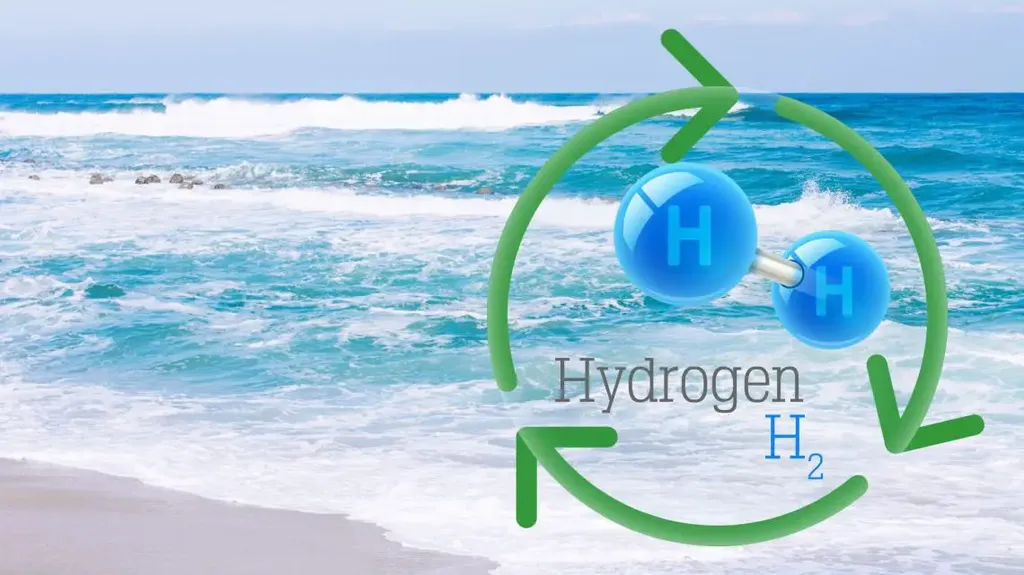In the quest for sustainable energy solutions, researchers have made a significant stride in developing efficient and durable catalysts for seawater electrolysis, a process that could revolutionize hydrogen production. A recent study published in *Applied Surface Science Advances*, titled “Highly efficient and stable NiFe oxide-based electrocatalysts for oxygen evolution in alkaline and saline solutions,” presents a promising breakthrough. Led by Soumia El Boumlasy from the Dipartimento di Fisica e Astronomia “Ettore Majorana” at the Università di Catania in Italy, the research focuses on creating cost-effective and stable catalysts for the oxygen evolution reaction (OER), a critical step in water electrolysis.
The study addresses a pressing need in the energy sector: the development of catalysts that can operate efficiently in saline environments, where freshwater is scarce. Traditional catalysts often struggle with the corrosive nature of seawater, leading to reduced performance and durability. El Boumlasy and her team synthesized four catalysts—nickel oxide (NiO), two nickel-iron oxides (Ni₀.₈₅Fe₀.₁₅O and Ni₀.₆₅Fe₀.₃₅O), and iron oxide (Fe₂O₃)—using a simple and low-cost chemical bath deposition method. Among these, Ni₀.₈₅Fe₀.₁₅O emerged as the top performer, demonstrating exceptional OER activity and stability.
“Our findings show that Ni₀.₈₅Fe₀.₁₅O achieves a low overpotential of 348 mV at 10 mA cm⁻² and a Tafel slope of 52 mV dec⁻¹ after 24 hours of operation in surrogate seawater,” El Boumlasy explained. “This superior performance is attributed to its compact nanosheet morphology and the synergistic interaction between Ni²⁺ and Fe³⁺, which induces lattice strain and increases the density of active sites.”
The team’s systematic characterization using scanning electron microscopy (SEM), X-ray diffraction (XRD), UV–visible spectroscopy, and X-ray photoelectron spectroscopy (XPS) confirmed the catalyst’s unique properties. Electrochemical surface area (ECSA) analysis further revealed a high number of accessible and stable active sites under saline conditions, supporting the catalyst’s intrinsic activity.
The implications for the energy sector are substantial. As freshwater resources become increasingly scarce, the ability to efficiently produce hydrogen from seawater could be a game-changer. “This catalyst demonstrates OER performance and durability comparable to state-of-the-art seawater electrolysis catalysts,” El Boumlasy noted. “It underscores its potential for scalable and sustainable hydrogen production.”
The research published in *Applied Surface Science Advances* (translated to English as “Advanced Surface Science”) highlights the importance of developing cost-effective and stable catalysts for OER. The study’s findings could pave the way for more efficient and environmentally friendly hydrogen production methods, addressing both the energy and water crises. As the world continues to seek sustainable energy solutions, this breakthrough offers a promising path forward, potentially shaping future developments in the field of renewable energy.

